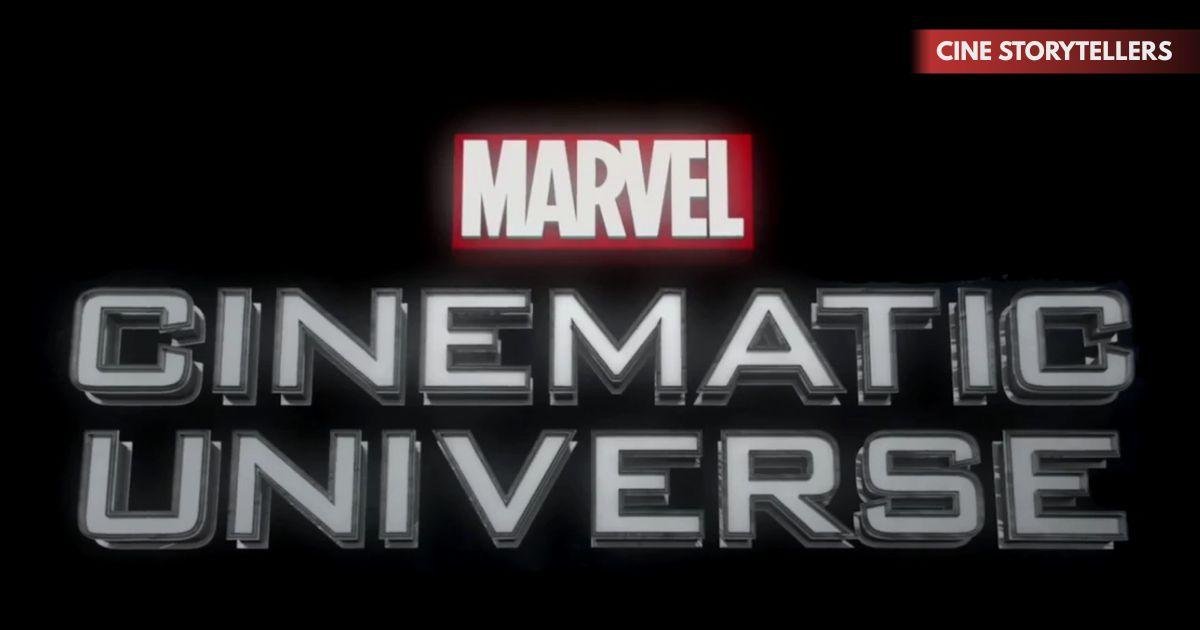The Marvel Cinematic Universe (MCU) is one of the most successful entertainment franchises in history. What began as a risky experiment in 2008 with Iron Man has grown into a cultural phenomenon spanning films, TV series, merchandise, and theme parks. The MCU’s rise is not just about superheroes—it’s a story of strategic planning, visionary leadership, and groundbreaking storytelling that reshaped Hollywood forever.
The Early Struggles of Marvel
Before the MCU was born, Marvel Comics faced serious financial challenges in the 1990s. To survive, the company sold the film rights of major characters like Spider-Man, X-Men, and Fantastic Four to different studios. This left Marvel with fewer heroes to develop into movies.
Instead of relying on outside studios, Marvel Studios, under Kevin Feige’s guidance, decided to finance its own films. This was a bold move, considering the company had limited resources and its most popular heroes were unavailable.
The Birth of the MCU: Iron Man (2008)
The turning point came with Iron Man (2008), directed by Jon Favreau and starring Robert Downey Jr. The film was a gamble—Iron Man was not as well-known as Spider-Man or the Hulk. However, the movie’s fresh storytelling, charismatic lead, and impressive special effects turned it into a massive success.
What made Iron Man special was its post-credit scene featuring Nick Fury (Samuel L. Jackson), which teased the creation of the Avengers. This simple scene introduced the idea of a shared cinematic universe, something never attempted on such a large scale before.
The Expansion Phase: Phase One
After Iron Man, Marvel Studios continued to release interconnected films: The Incredible Hulk (2008), Thor (2011), and Captain America: The First Avenger (2011). Each movie introduced a new hero while planting seeds for the ultimate crossover.
In 2012, the dream came true with The Avengers. Directed by Joss Whedon, the film brought together Iron Man, Thor, Captain America, Hulk, Black Widow, and Hawkeye. It became a box-office juggernaut, earning over $1.5 billion worldwide and proving the shared universe model worked.
The Rise of Global Popularity
The success of The Avengers turned the MCU into a global powerhouse. Marvel’s storytelling combined humor, action, and emotional depth, making superheroes relatable to audiences worldwide.
The studio also focused on diversity by introducing characters like Black Panther, Doctor Strange, and Captain Marvel. These heroes expanded the universe beyond the traditional white male leads, appealing to broader audiences.
Phase Two and Phase Three: Building a Legacy
Phase Two introduced sequels like Iron Man 3 and Thor: The Dark World, along with new franchises such as Guardians of the Galaxy (2014) and Ant-Man (2015). These films showed Marvel’s willingness to take risks with lesser-known characters.
Phase Three marked the MCU’s peak, starting with Captain America: Civil War (2016) and culminating in Avengers: Infinity War (2018) and Avengers: Endgame (2019). Endgame became one of the highest-grossing films of all time, earning over $2.7 billion.
This era also included cultural milestones like Black Panther (2018), which celebrated African culture and became the first superhero film to earn a Best Picture nomination at the Oscars.
The Importance of Kevin Feige’s Vision
A key factor behind the MCU’s rise is Kevin Feige, the mastermind who served as producer and creative architect. Feige’s vision was to tell interconnected stories across multiple films while staying true to comic book roots. His ability to balance creativity with business strategy ensured long-term success.
Unlike other franchises that relied heavily on one director’s style, Marvel embraced collaboration. Different filmmakers brought unique tones—Taika Waititi’s humor in Thor: Ragnarok, the Russo Brothers’ intensity in Civil War and Endgame, and Ryan Coogler’s cultural depth in Black Panther.
The MCU Beyond Cinema
The MCU’s impact extends beyond movies. With Disney’s acquisition of Marvel in 2009, the brand expanded into theme parks, merchandise, and later Disney+. Shows like WandaVision, Loki, and The Falcon and the Winter Soldier deepened character arcs while connecting to larger movie storylines.
This expansion kept fans engaged year-round, blurring the line between television and film universes.
Cultural and Industry Influence
The MCU’s rise reshaped Hollywood in several ways:
- The Shared Universe Model: Other studios tried to replicate Marvel’s strategy, from DC’s Extended Universe to Universal’s failed Dark Universe.
- Blockbuster Formula: Balancing humor, action, and emotion became a standard for modern blockbusters.
- Diversity and Representation: Films like Black Panther and Shang-Chi proved the demand for diverse heroes and stories.
- Fan Engagement: Post-credit scenes, Easter eggs, and interconnected plots kept fans invested across decades.
Challenges and the Future of the MCU
Despite its success, the MCU faces challenges in maintaining momentum. Critics argue about “superhero fatigue,” and balancing quality with quantity has become a concern. The post-Endgame era has been more experimental, with new characters like Shang-Chi and the Eternals taking center stage.
Upcoming projects, including Avengers: The Kang Dynasty and Secret Wars, aim to build another epic saga. If Marvel can maintain innovation while staying true to its storytelling roots, its cultural dominance is likely to continue.
Also Read : Joy Taylor Leaves FS1: What Really Happened and What’s Next
Conclusion: From Risk to Global Phenomenon
The history of the Marvel Cinematic Universe’s rise is a story of resilience, creativity, and vision. From near bankruptcy to becoming a $25 billion franchise, Marvel transformed superhero storytelling forever.
By blending interconnected stories, diverse representation, and groundbreaking filmmaking, the MCU built not just movies—but a cultural legacy. Its journey proves that with bold vision and smart execution, even the most unlikely heroes can rise to become legends.
Join our WhatsApp channel for more updates and information about celebrities and entertainment

I’m Atul Kumar, founder of Cine Storytellers and an entertainment creator with 5+ years of experience. I cover films, celebrities, music, and OTT content with a focus on accurate, ethical, and engaging storytelling. My goal is to bring readers trustworthy entertainment news that informs, inspires, and goes beyond gossip.
Discover more from Cine Storytellers
Subscribe to get the latest posts sent to your email.
